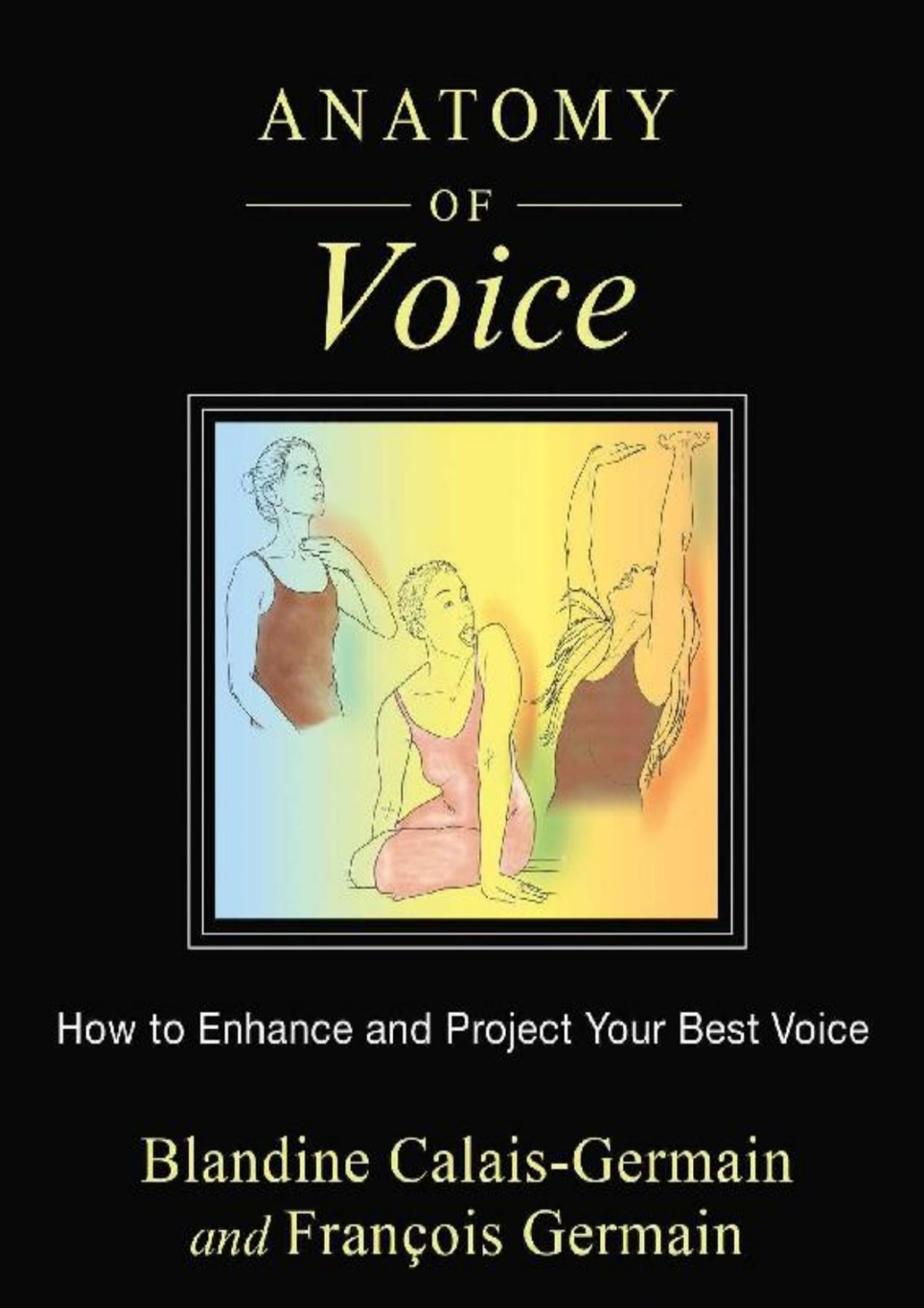

Most ebook files are in PDF format, so you can easily read them using various software such as Foxit Reader or directly on the Google Chrome browser.
Some ebook files are released by publishers in other formats such as .awz, .mobi, .epub, .fb2, etc. You may need to install specific software to read these formats on mobile/PC, such as Calibre.
Please read the tutorial at this link: https://ebookbell.com/faq
We offer FREE conversion to the popular formats you request; however, this may take some time. Therefore, right after payment, please email us, and we will try to provide the service as quickly as possible.
For some exceptional file formats or broken links (if any), please refrain from opening any disputes. Instead, email us first, and we will try to assist within a maximum of 6 hours.
EbookBell Team

4.8
94 reviewsAn illustrated guide to the dynamic physiological structures that create and individualize the voice • Explores the structures of the vocal tract and their functional relationships to the entire musculoskeletal system with detailed drawings • Examines the components of the larynx and pharynx, the effects of muscular tensions on the vocal cords, the importance of skeletal alignment, and the complex roles of the diaphragm, soft palate, lips, and tongue in vocalization • Provides exercises and techniques for increased air flow, correct posture, proper tongue position, jaw relaxation, and toning of the soft palate to improve the voice When we use the voice, we involve the entire body. Our internal balance, muscular tone, skeletal alignments, soft tissue flexibility, and even our eye movements are reflected in the voice we project to our audience, whether one person or thousands. Using the signature anatomical style of Blandine Calais-Germain’s groundbreaking book Anatomy of Movement, this illustrated guide presents a dynamic, integrated study of the physical structures of the vocal tract and their functional relationships to the entire musculoskeletal system. From the individual bones and muscles of the head and neck to the intricate structure of the shoulders to the abdominal muscles and pelvis, the authors explain how each part of the body moves, flexes, vibrates, and supports the creation and individualization of the voice. With detailed drawings and clear, concise text, they examine the individual components of the larynx and pharynx, the effects of muscular tensions on the vocal cords, proper alignment of the skull, rib cage, and pelvis, the intimate relationship between breath and voice, and the complex roles of the diaphragm, soft palate, lips, and tongue in vocalization. They provide simple exercises and techniques for increasing air flow and force, correct posture, proper positioning of the tongue, relaxation of the jaw, and toning of the soft palate. Whether singer, teacher, actor, lawyer, politician, or workshop leader, this book reveals how understanding your vocal anatomy enables you to express your best voice.